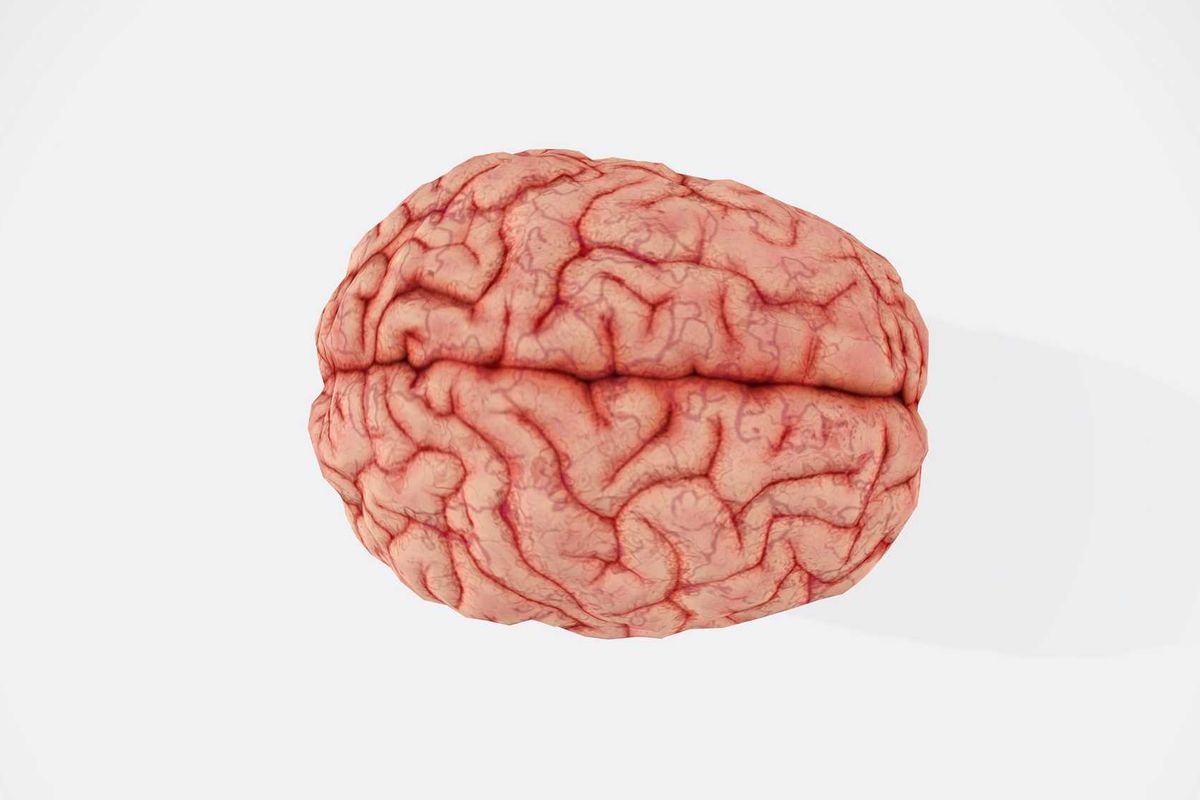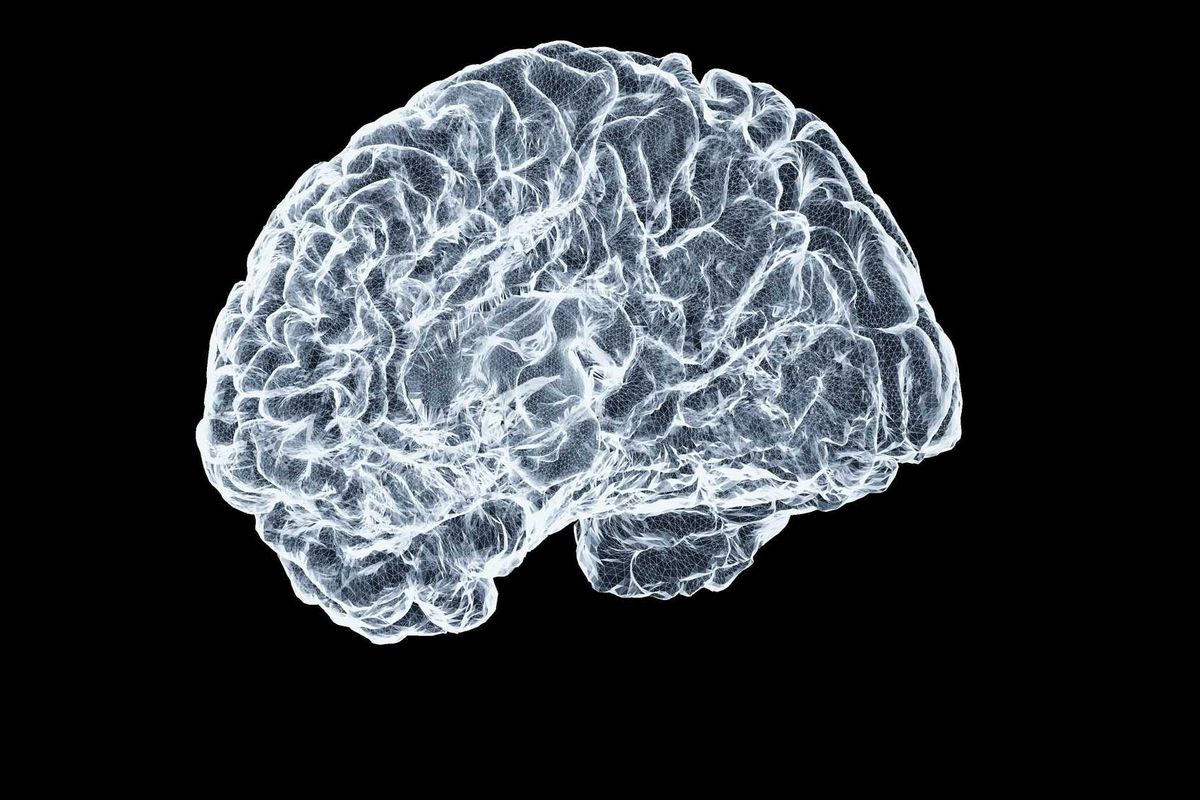Photos: Ion Houston's latest art installations tackle tech, social issues
eye on the ion
Two new art installations at the Ion speak to the building's past and its potential future.
Revealed at an event earlier this month, the innovation hub developed by Rice University is now home to installations by Houston-based artists Christopher Blay and Kill Joy, which play on the traditional window displays the building hosted for years as the historic Sears Building.
The pieces are part of the Ion's Eye on Art program, according to a release. Each was selected by the Ion and Ion District Art Advisory Council with support from Piper Faust.
"Innovation and art have a lot more in common than you might think. Many of our local artists learn how to use emerging technologies to create their pieces and hone their craft,” Jan E. Odegard, executive director of the Ion, says in a statement. “Creativity plays a vital role in fostering innovation and we’re honored to provide artists like Christopher and Kill Joy with a platform to serve as an inspiration for the entire innovation ecosystem here at the Ion.”
Blay, who's an artist, writer and currently serves as the chief curator of the Houston Museum of African American Culture, created his installation in collaboration with the Ion Prototyping Lab. Using canvases and wood frames, the installation depicts slaving vessels and spaceships to "symbolizes where the Black community has been and where they are going," according to the Ion.
The installation is part of Blay's latest body of work, “The SpLaVCe Program."
Joy's work focuses on environmental and social justice. Her installation at the Ion, “Creation, Current, Solution," uses animated puppets inspired by Filipino folklore to explore the intersection of technology and sustainable living.
Blay and Joy's installations will be on display for the next six months, and will rotate out to feature other Houston-based artists' work.
The Ion first launched the The Eye On Art Program in March 2022. The debut displays included Lina Dib’s over-the-top kitsch “Self-Portrait in the Garden” and Preston Gaines' multi-sensory “Fantasy Landscape.” The second rotation featured Lisa Morales and Stacey Gresell’s “The Collective Hive” and “Exploración Orgánica” by Maria Rodriguez, Miriam Mireles, Bryce Saucier, Timothy Hudson, and Victoria Armenta: “Exploración Orgánica”
Earlier this summer, the Ion also announced that it would launch its official workforce development partner’s 12- to 15- week technology skills training courses this fall.









